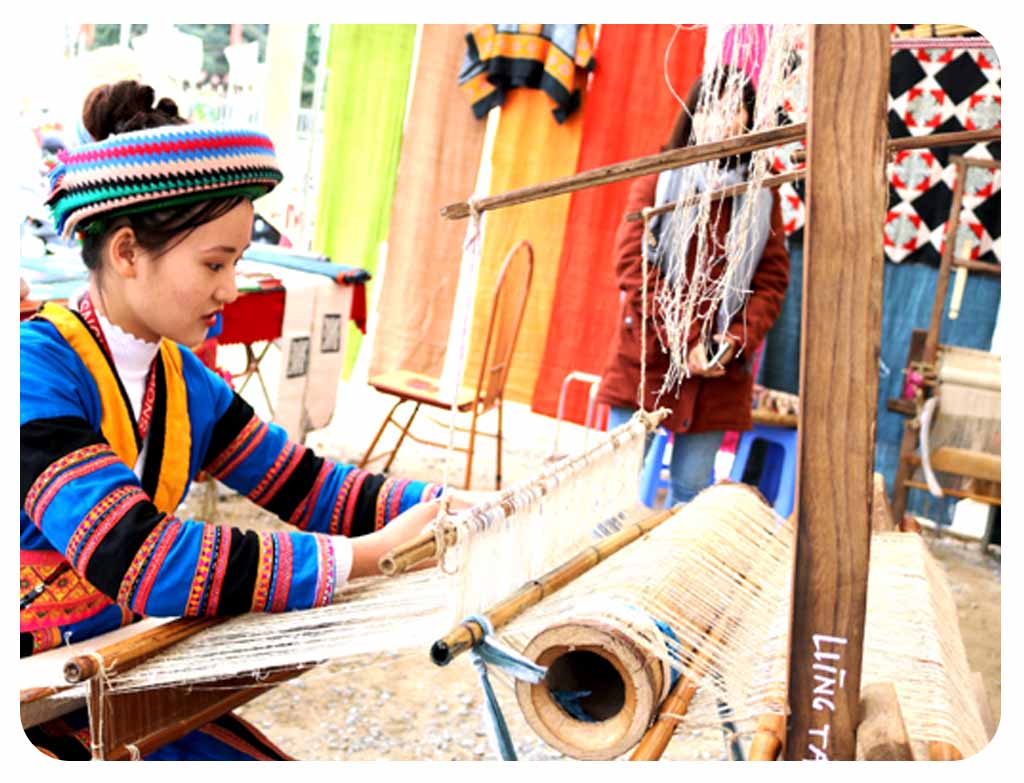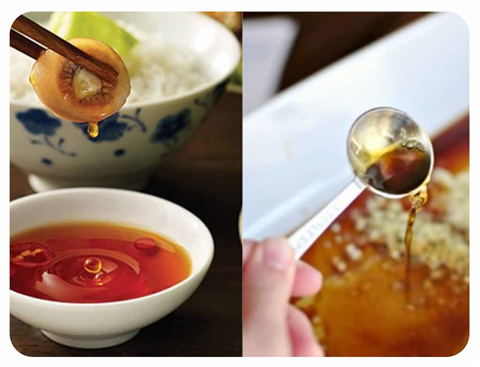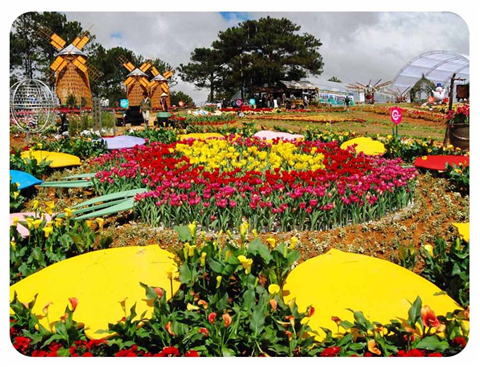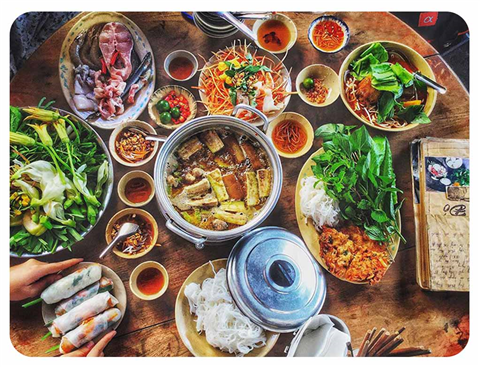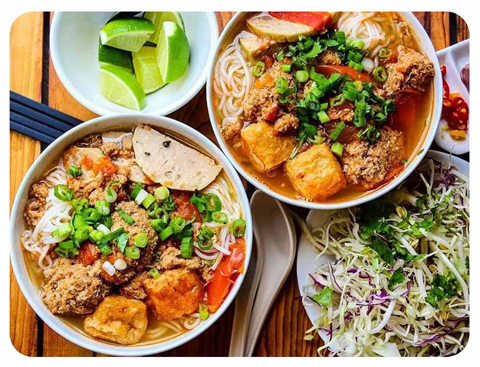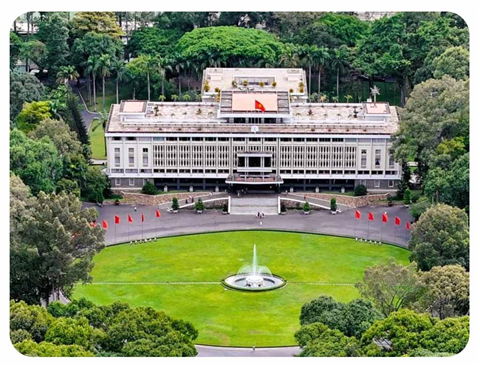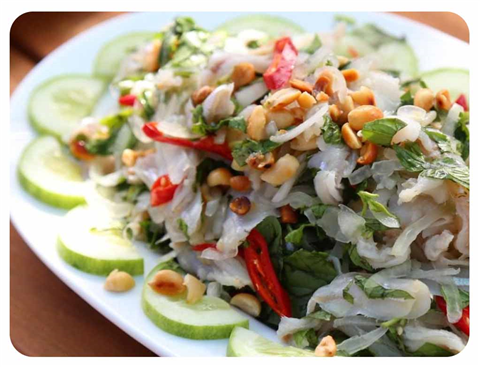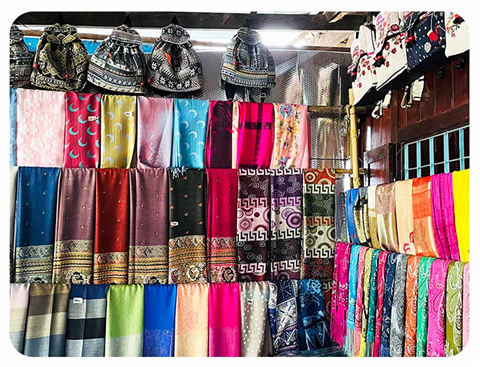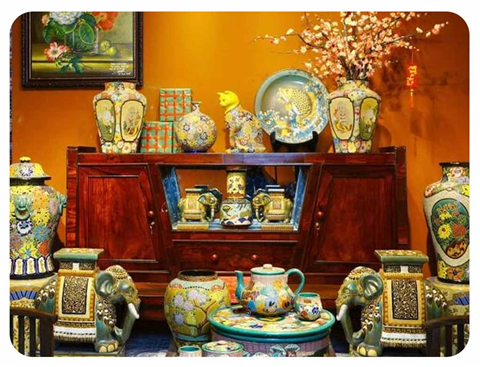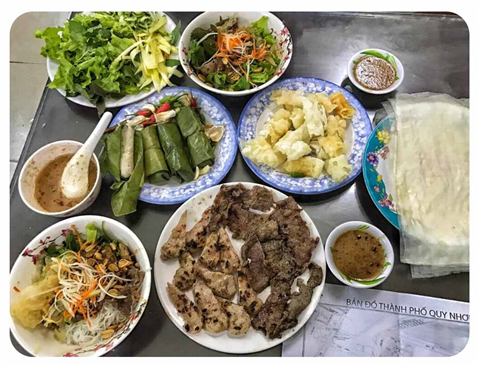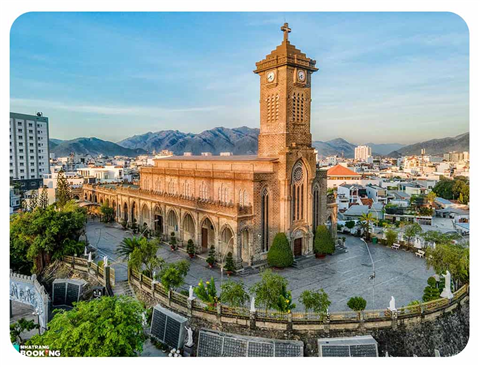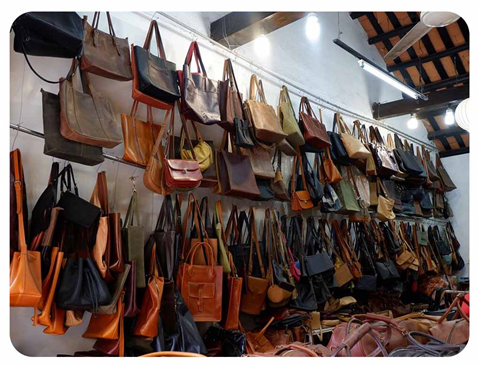Vietnamese Traditional Textiles: A Cultural Heritage Treasure
Introduction to Vietnamese Traditional Textiles
Vietnamese traditional textiles are a captivating symbol of the country's rich cultural heritage. For centuries, artisans have created exquisite fabrics reflecting the diversity of ethnic groups, vibrant traditions, and exceptional craftsmanship in Vietnam. These textiles are not just materials but stories woven from history, identity, and art.
The Significance of Traditional Textiles in Vietnamese Culture
A Symbol of Identity
Each region and ethnic group in Vietnam boasts distinctive designs, patterns, and weaving techniques. For example, the brocade weaving of the H'Mong people or silk production in Ha Dong are iconic representations of their respective communities. These textiles often depict nature, mythology, and cultural motifs, preserving the identity and heritage of the people.
Use in Daily Life and Festivities
Traditional textiles are used in both everyday life and special ceremonies. From the elegant Ao Dai, Vietnam's national attire, to the intricate brocade outfits worn during festivals, these textiles serve as a bridge between past and present, connecting generations through their use and meaning.
Popular Types of Vietnamese Traditional Textiles
1. Silk
Vietnam is renowned for its high-quality silk, especially from craft villages like Van Phuc in Ha Dong. Vietnamese silk is soft, durable, and often features vibrant colors and intricate patterns. It is widely used to create traditional garments like Ao Dai and scarves.
2. Brocade
Brocade fabric, primarily crafted by ethnic minorities, is characterized by its thick texture and complex patterns. These fabrics are handmade on traditional looms, showcasing the artisans' skill and creativity.
3. Ethnic Minority Woven Fabrics
Woven fabrics from ethnic minorities such as the Tay, Dao, and H'Mong are known for their vibrant colors and intricate geometric motifs, often dyed using natural materials.
The Process of Making Vietnamese Traditional Textiles
1. Harvesting Natural Materials
Traditional textiles often begin with natural fibers like silk, cotton, or hemp. These materials are carefully harvested and processed to ensure quality.
2. Dyeing
Artisans use natural dyes extracted from plants, fruits, and minerals. This not only provides vibrant and lasting colors but also emphasizes sustainability.
3. Weaving
The weaving process is carried out on traditional looms, often following techniques passed down through generations. Each step requires precision, patience, and a deep understanding of the craft.
Why Vietnamese Traditional Textiles Are Unique
Sustainability and Craftsmanship
Vietnamese textiles emphasize eco-friendly methods, using natural materials and dyes. The handcrafted nature of the textiles ensures that each piece is unique and of high quality.
Connection to Heritage
Owning or wearing Vietnamese traditional textiles allows individuals to connect with the country's rich history and cultural diversity. These fabrics tell the stories of people, places, and longstanding traditions.
Where to Buy Vietnamese Traditional Textiles
Local Markets
Markets like Dong Xuan in Hanoi and Ben Thanh in Ho Chi Minh City offer a wide range of traditional textiles for both tourists and locals.
Craft Villages
Villages like Van Phuc (known for silk) and Sapa (known for brocade) are famous for authentic products and hands-on experiences where visitors can watch artisans at work.
Online Stores
For those unable to visit Vietnam, many online platforms now provide access to genuine Vietnamese traditional textiles, ensuring global accessibility.
Our Services
At our platform, we specialize in helping international customers access and purchase authentic Vietnamese traditional textiles with ease. Our team ensures a seamless experience, from sourcing high-quality products to delivering them directly to your doorstep. Let us be your trusted connection to the beauty of Vietnam’s textile heritage.
Vietnamese traditional textiles beautifully combine art, history, and culture. Whether you are a collector, a fashion enthusiast, or someone who appreciates craftsmanship, these textiles offer a unique and meaningful way to experience Vietnam's heritage. Explore these treasures and become a part of their timeless story.

